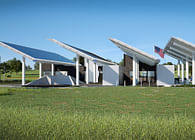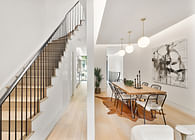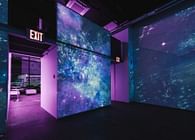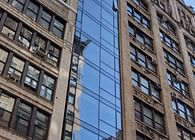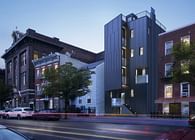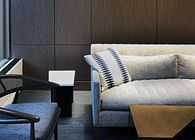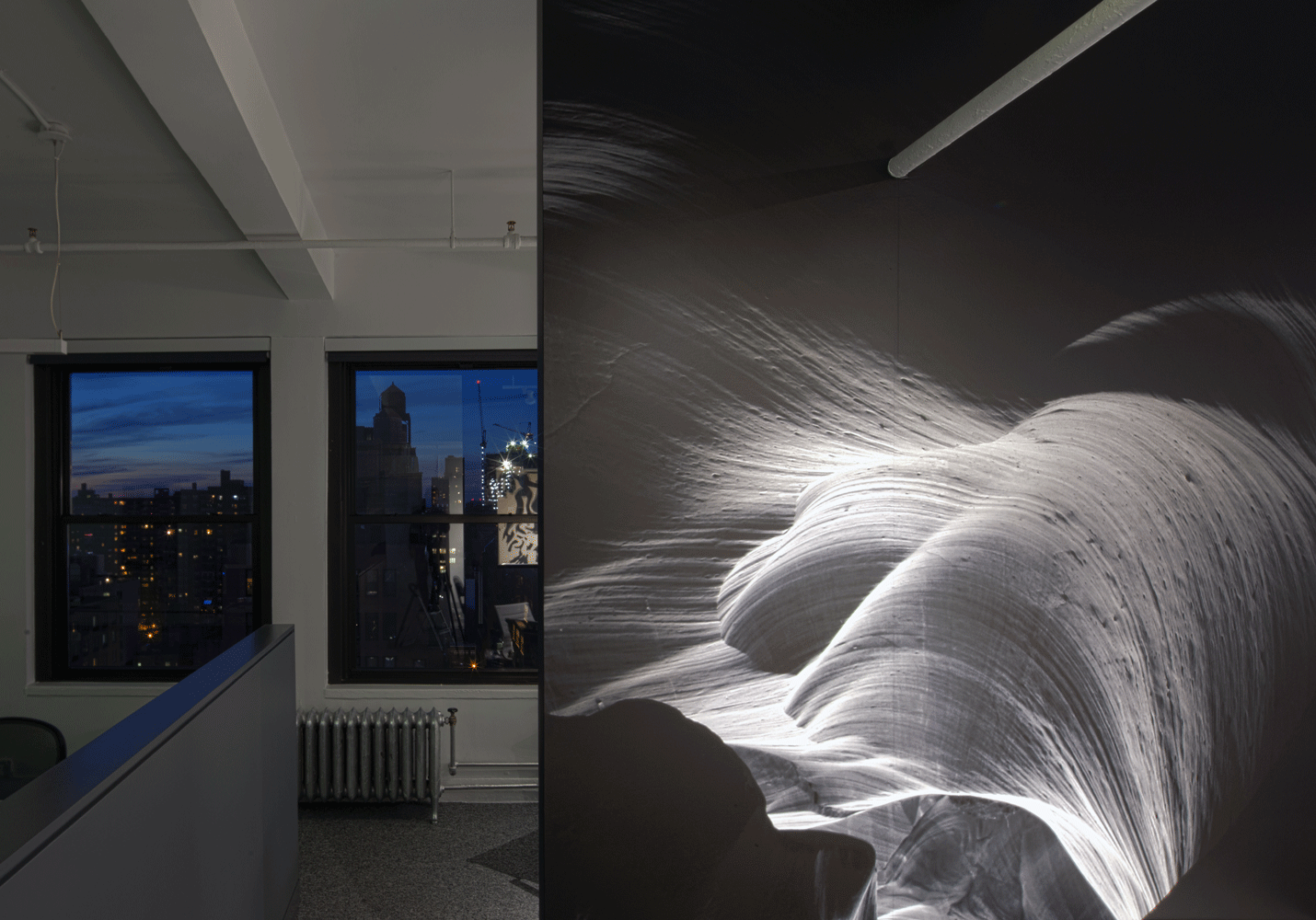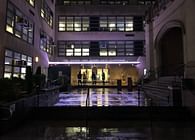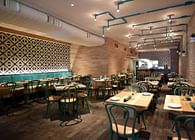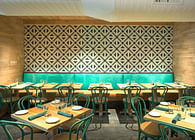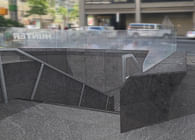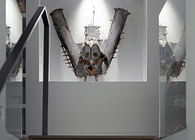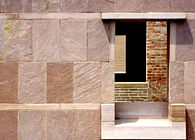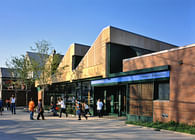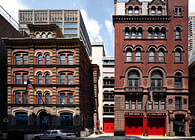
New York, NY
completed with bnk architects
The Center for Environmental Research and Conservation (CERC) is a consortium of five world-renowned scientific institutions: Columbia University, the American Museum of Natural History, the New York Botanical Garden, Wildlife Conservation Society, and Wildlife Trust. Headquartered within the historic McKim Meade & White Schemerhorn building at Columbia University, CERC is also part of Columbia's Earth Institute.The new 18,000 square foot facility incorporates offices, laboratories, a library, and rooftop research greenhouses. The primary mission in the new facility's design was to create a space that fosters interaction between CERC's users while demonstrating environmental responsibility. The primary design organizer was the creation of a three-story central daylight space that becomes its focal point. The design took advantage of the new rooftop greenhouses to create occupiable skylights over the centralized atrium allowing daylight to penetrate deep into the building. The space also accommodates bridge landings between the building towers. The creation of the atrium achieves two major goals: to spread daylighting vertically and across the plan and to establish informal meeting places fostering intercommunication between researchers, teachers and students. In addition, private offices were designed with translucent and transparent glass panels to maximize daylight into the main space and increase its sense of proximity. Custom designed "propeller" work surfaces, made of regionally available beech veneer and solid cherry inlay, were designed to allow conference-like gathering between staff without crowding the offices. Each office is equipped with individual thermostated fan-coil units to allow users to tune their environment and therefore reduce the overall demand on the entire facility. Keeping with the mission of environmental responsibility, sustainable design practices such as the selection of environmental-preferable materials; non-endangered beech panel is finished with water-based low or no VOC finishes. In addition slate flooring, bluestone stair-treads and natural riverstone, further enhance the connection to nature. Further demonstrating the educational capacity of the facility, electrical meters are located within the lounge spaces to track energy consumption. The facility was designed with an electric lighting load of 1.3-watt per sf, far below code requirements. The project was completed with bnk architects and was featured on the cover of Interior Design magazine.
Status: Built
Location: New York, United States
